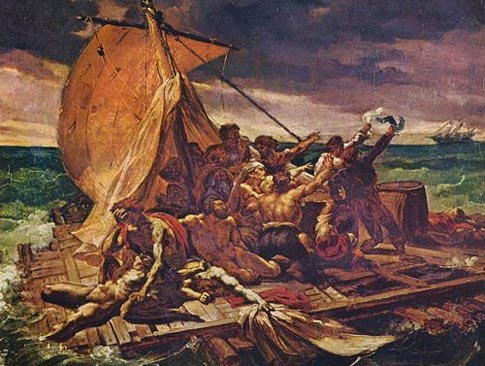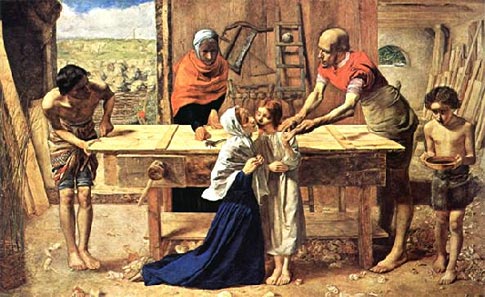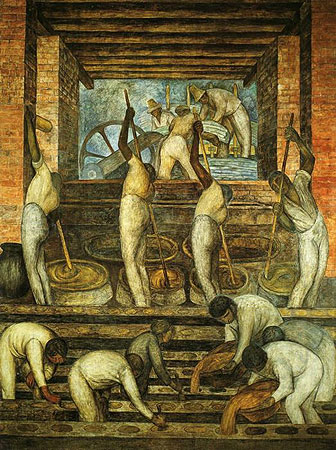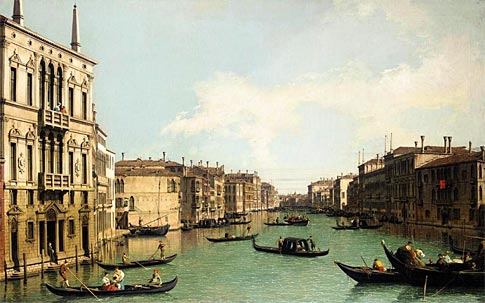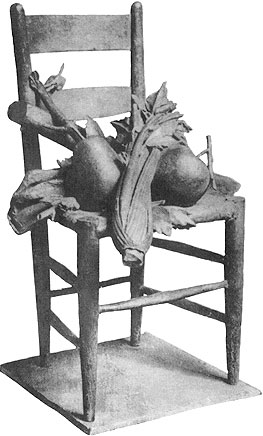How did the masters of the Italian Renaissance study
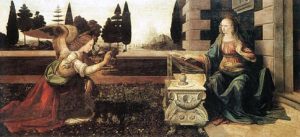 Verrocchio, Mantegna, Leonardo da Vinci, Michelangelo. The greatest geniuses. What bright individuals and how much they differ from each other! What unites the unsurpassed masters of the time, which is called the Renaissance? Not only new compared to the Middle Ages – interest in antiquity, a different subject and spiritual richness of the works. At the heart of everyone’s creativity is a new professional method of teaching visual arts in workshops.
Verrocchio, Mantegna, Leonardo da Vinci, Michelangelo. The greatest geniuses. What bright individuals and how much they differ from each other! What unites the unsurpassed masters of the time, which is called the Renaissance? Not only new compared to the Middle Ages – interest in antiquity, a different subject and spiritual richness of the works. At the heart of everyone’s creativity is a new professional method of teaching visual arts in workshops.
In the Middle Ages, artists were treated like artisans. In the Renaissance, kings and popes began to challenge them from one another, seducing with luxurious orders. However, artists continued, like artisans, to enter corporations or workshops, and the first years of their study of art were no different from learning any craft. Many famous sculptors, such as the Florentines Lorenzo Ghiberti and Luca della Robbia, began as goldsmiths and trained by jewelers. Often the skill of the artist, as well as the craft, was passed down from generation to generation – remember the families of Florentine della Robbia sculptors and Bellini’s Venetian painters.
So how could a young man start practicing art? According to legend, Giotto, for example, was a shepherd and, having fun, drew sheep in the sand. Pictures noticed painter Cimabue, his future teacher. But this is a legend, and usually it all happened this way: parents or friends of a boy who became interested in art (who, as a rule, was about ten years old) brought a famous master of his work. If the artist saw that the teenager is not deprived of his abilities, he would take him as his student.
The period of study usually lasted at least three years. Most of the time the novice artist spent in the workshop of the teacher, and sometimes lived there. The master assumed the obligation to maintain it at his own expense. Initially, the life of the student was monotonous, and the work resembled the work of an assistant. From the very first days, the beginner was shown how to do levkas, mixing plaster, glue and water, how to apply this primer on a board or canvas, how to prepare plaster for a fresco. The student was supposed to rub and mix colors. All this required great accuracy and accuracy.
Gradually, he began to work directly on drawing and painting, copying the work of a teacher and the works of other artists that became models, participated in the creation of cardboard – a preparatory drawing for a picture or fresco, received advice and guidance from both the master and older, more experienced students. The teacher considered daily exercises necessary for his pupils. The great Donatello to the question, what is the best method of teaching art, always answered: “In the art of doing and redoing means improving.”
Finally, the long-awaited day for the young artist came: the teacher instructed him to make part of the background of the painting, on which he was working at the time. Then the student was entrusted with more and more complex and important parts of the fresco or painting, along with others he even wrote whole figures. Recall the painting “Baptism of Christ” by Andrea Verrocchio. The angel depicted on the left was written by his student, a young Leonardo da Vinci. And then it was recognized that the aspiring artist surpassed his teacher. Sometimes from the whole composition only the central group belonged to the master brush. In some cases, the pictures were entirely written by the students, the teacher only thought through the composition and made the cardboard, and at the end slightly brushed over the most important details. Most often, the master needed the help of the students when he made the fresco, as it had to be finished before the plaster dried.
Gradually, workshops began to give more and more versatile art education. In the workshop of Andrea Verrocchio, along with painting, sculpture, drawing, foundry and construction work, anatomy, optics, mathematics, perspective were studied. And it was here that Leonardo da Vinci, Pietro Perugino, Lorenzo di Credi began their creative work – bright and completely different artists. Although for young artists the teacher was the main authority and mentor and inspired them with his work, the individuality of the students was in no way suppressed, because, having mastered the techniques of the master, they developed their own abilities based on it. This technique was the core of learning. It happened that even not especially outstanding, medium-sized artists gave such an education in their workshop that real masters would come out of it. So, Andrea Mantegna was a student of the minor painter Francesco Skvarchon, but he managed to instill in the young man a love for the ancient art, discovered in him a great talent.
